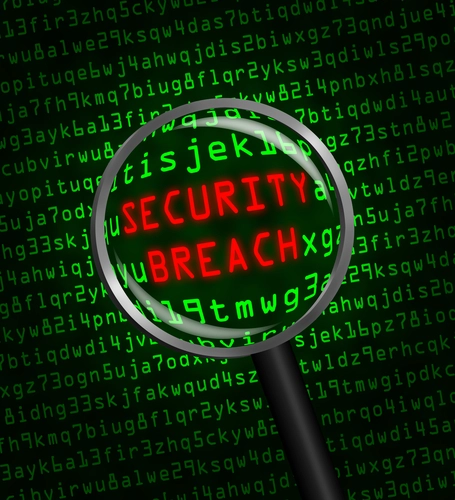CMS Offers 2 Telehealth Examples for Teaching Physicians

Get to the bottom of when you can—and cannot—report telehealth to Part B.
As long as Medicare has been reimbursing telehealth services, the agency has been getting questions about whether the rules apply to teaching physicians. Fortunately, CMS has finally shed some light on the issue, thanks to advice from Kenneth J. Marsalek of CMS’s Division of Practitioner Services, who shared some applicable tips during a Dec. 9 Medicare Physicians Open Door Forum.
Background: CMS covers telehealth services for patients who are in a rural Health Professional Shortage Area (HPSA) or a county outside of a Metropolitan Statistical Area (MSA). The clinician performing the telehealth service must use “an interactive audio and video telecommunications system that permits real-time communication between you, at the distant site, and the beneficiary, at the originating site,” CMS says in its “Telehealth Services” Fact Sheet.
Coding rules: Depending on the service, you can typically bill a standard E/M code such as 99201-99215 for these services, or an appropriate G code, such as G0425 (Telehealth consultation, emergency department or initial inpatient, typically 30 minutes communicating with the patient via telehealth). You should also append modifier GT (Via interactive audio and video telecommunications system) to the code that you submit to your MAC.
CMS Offers Two Examples
Because teaching physicians operate under different rules than non-teaching clinicians, many coders are puzzled about the possibility of reporting their services under the telehealth rule. Marsalek illuminated the issue, reminding practices that “Generally, in order to bill Part B, a teaching physician must either personally furnish the service or be physically present for the key critical portions of the service furnished by the resident,” he said. Because being “physically present” requires the doctor to be in the same room as the patient, it’s hard to fathom how telehealth applies to teaching physicians. Marsalek suggested the following two telehealth scenarios that are possible under the teaching physician rules.
Scenario 1: A resident travels to a rural area to personally examine patients, but the teaching physician is at a distant site and supervising the resident via telehealth. “Our response is that in this case, the teaching physician is furnishing the service as the distant site physician,” Marsalek advised. “The resident may be serving as the telepresenter. If the teaching physician is furnishing all key critical elements of the service, then he would be allowed to bill Part B.”
Scenario 2: A resident performs a patient examination in a rural hospital, and consults a distant site specialist via telehealth. “In this case it appears that the consulting physician is not the teaching physician, so therefore this is not a teaching physician issue,” Marsalek said. “The consulting physician is furnishing a billable telehealth service from a distant site. The teaching physician could not bill because the consulting physician is the one furnishing the service. If the consulting physician is the teaching physician, then the response given in example one applies.”
Know the Rules If the TP and Resident Are Together
A caller phoned into the forum to ask what would happen if the resident and teaching physician are together at the remote site, but the patient is at a different site and the visit is taking place via telehealth. “Can the resident document it and the teaching physician put an attestation on it and still bill for it?” the caller asked.
This should be billable, Marsalek advised. “I believe the teaching physician has to co-sign the resident’s note and say they were present for the key critical portion of the service,” he advised. Then you can report it as a teaching physician service.




